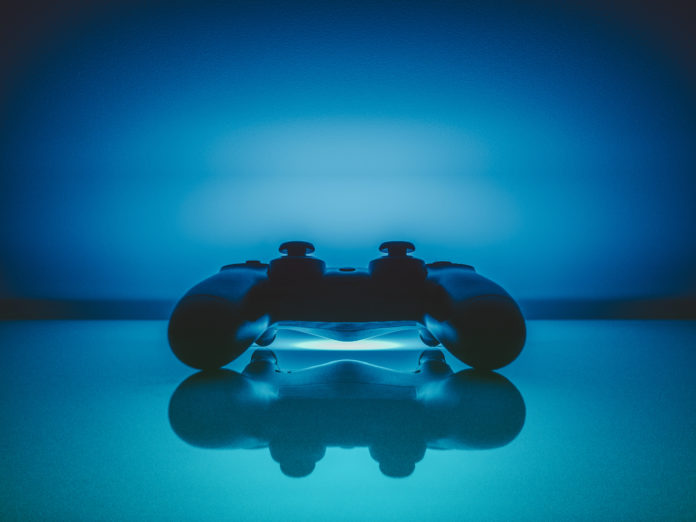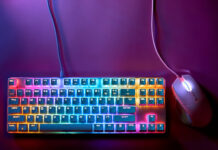
In this article, the first of two articles, we consider copyright and ancillary copyright and design rights.
Look out for Part 2 covering the impact of trademarks, unfair competition and virtual domiciliary rights on MediaWrites next week.
Growing numbers of viewers and rising profits are making esports increasingly interesting for event organizers, sports leagues, sponsors and with traditional sports clubs even establishing their own esports divisions. Almost everyone who has an interest in sports or technology will have encountered some of the most high profile examples such as “Counter-Strike”, “League of Legends” or “FIFA”. It might be more surprising to hear that it is becoming the norm for organizers to distribute six-digit cash prizes at competitions, with more and more in the millions each year.
In the esports context, intellectual property law plays a role that is not to be underestimated by those becoming active in esports.
I. Copyright and ancillary copyright
With regards to esports, copyright law is probably the most discussed subfield of intellectual property law.
1. Game characters, buildings, products etc.
Visually designed computer animations (e.g. game characters or virtual buildings) can be protected as works of visual or applied art, if the required level of originality can be demonstrated. Generally, products or any other objects displayed in videogames that are considered works under Copyright law must not be used in computer or video games without the originator’s permission. Since many computer or video games are designed to show an environment that is as realistic as possible, thus a “virtual reality”, it is vital to obtain the copyright owner’s consent.
2. Computer and video games
In principle, computer programs are capable of being protected as linguistic works (e.g. section 2 (1) in combination with section 69 a et seqq German Copyright Act). However, only the specific manifestation of a computer program is capable of being protected, e.g. the source code and the object code. Besides that, audio-visual elements of a computer or video game (e.g. landscapes, game characters and other contents) can be protected by copyright law provided they exceed the threshold of originality. Under copyright, the various components can be protected individually in one of the work categories (e.g. as cinematographic works) or together with the overall work.
3. Organizers of esport events
Against this background, the question arises whether organizers of esport events may lawfully copy computer programs without permission from the copyright holder (e.g. by saving content on hard disks and uploading it into the cache memory of a computer). Permanent or temporary reproduction is subject to authorization (see for instance Section 69 c (1) German Copyright Act). It is important to know whether the copyright holder (e.g. game developer/manufacturer) has granted a corresponding license to the organizer. End user licence agreements commonly used on the market generally exclude the commercial use of computer and video games. Organizers of esport events thus have to ensure that they obtain the required usage rights in order make the respective computer or video game publicly available at their events or through other distribution channels (e.g. online streams).
4. Programming of so-called cheat bots
A further topic discussed only recently by the German Federal Court of Justice in its judgment in the case World of Warcraft I is the legal permissibility of so-called cheat bots. A cheat bot is software that processes certain tasks in a computer game, to a large extent autonomously. For example, cheat bots are used to advance the skills of game characters by taking on time-consuming or dull activities while the player can attend to other things. In order to develop such cheat bots, the defendant in the World of Warcraft I case downloaded the plaintiff’s client software required to install the plaintiff’s videogame on their business computers on which the game was played.
According to Section 69 d (3) of the German Copyright Act, authorized persons shall be entitled, without the rightholder’s authorisation, to observe, study or test the functioning of that program in order to determine the ideas and principles which underlie any element of the program if this occurs while performing any acts of loading, displaying, running, transmitting or storing the program which they are entitled to do.
However, the German Federal Court of Justice ruled that Section 69 d (3) of the German Copyright Act covered the defendant’s (commercial) acts only insofar as the computer program itself was concerned. With regard to the client software’s audio-visual content, Section 69 d (3) of the German Copyright Act could, however, not be invoked by the defendant.
5. eGamers as performers within the meaning of Section 73 of the German Copyright Act?
According to Section 73 of the German Copyright Act, performers (singers, actors, etc.) shall have the right to their performances being recognised as such. For example, performers shall have the exclusive right to record their performances on video or audio recording media (Section 77 German Copyright Act) to make their performances available to the public or to broadcast them (Section 78 German Copyright Act).
It is currently being discussed whether eGamers are to be regarded as performers in that sense and consequently enjoy copyright protection for their style of play. The prerequisite for a corresponding ancillary copyright would be that eGamers create an individual interpretation of the work when playing a certain computer or video game. “Real” athletes, such as Football players, are not regarded as performers that are subject to Section 73 of the German Copyright Act since the focus lies on exertion and the course of the game is overall rather spontaneous or influenced by coincidence.
By contrast, computer and video games can, on the other hand, principally be regarded as works within the meaning of Section 2 (2) of the German Copyright Act, so that it could be argued that an ancillary copyright subject to the respective computer or video game should be granted (at least to professional gamers).
II. Design Law
Computer and video games are significantly characterized by their virtual game environment. This environment can be a virtual reconstruction of a real environment (e.g. football stadiums or cities) or an individually designed game environment. Frequently, virtual copies of real world products are shown in these environments (e.g. vehicles in race simulators, means of transport in city-building simulations as well as jerseys or football shoes in football simulations). These products are possibly protected by design law. Therefore, any display without the consent of the design holder is generally inadmissible. Game developers will, in particular, not be able to refer to Section 40 (3) of the German Design Act (Designgesetz), since this would require that the use of the product design is necessary for the purpose of making citations or for teaching. The depiction of real objects in computer or video games, however, only serves the purpose of creating an environment as realistic as possible.
Outlook
Esports is a very fast growing market and the legal questions are numerous. On the one hand, engaging in eSports offers enormous opportunities to event organizers, esports leagues, eGamers and sponsors. On the other hand, one needs to be aware of a variety of legal pitfalls, think carefully about the legal and commercial structures of the esports business and seek legal advice if necessary.
Look out for Part 2 covering the impact of trademarks, unfair competition and virtual domiciliary rights on MediaWrites next week.










[…] rights (e.g. pictures or names), federations must also contemplate that the gamers’ efficiency might qualify as a performance right, particularly in case of strategic video games, and due to this fact get hold of consent to be used […]
[…] this article, the second of two articles (see Part 1 here), we consider trademark law, law against unfair competition and virtual domiciliary […]